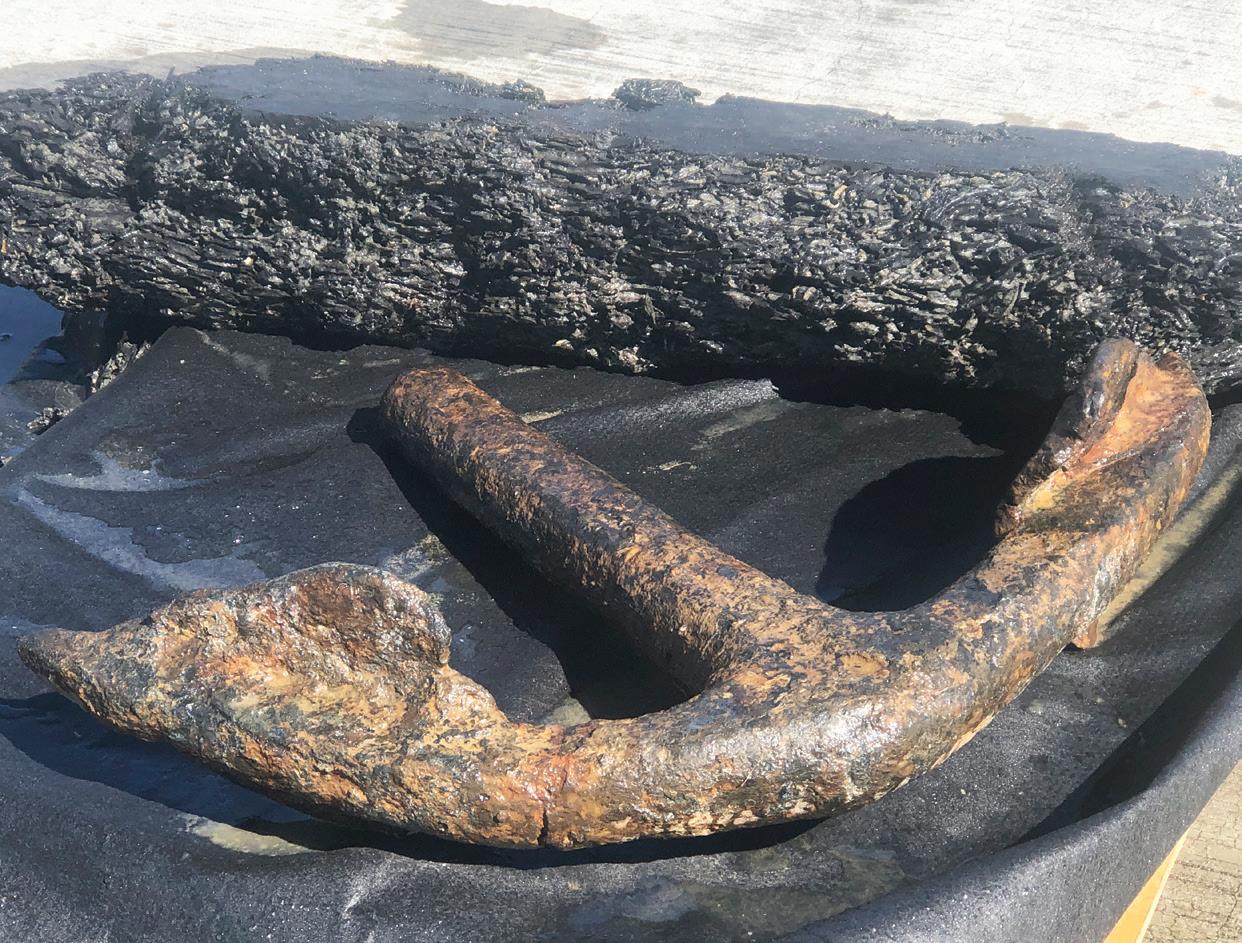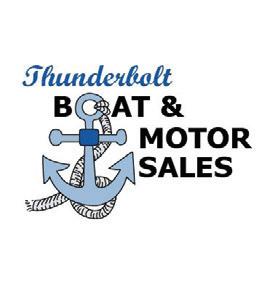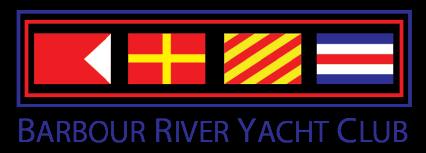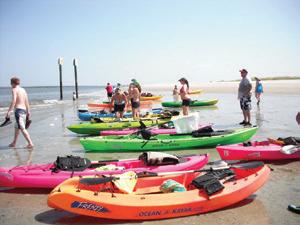
7 minute read
Relics of the Past
Evidence of another shipwreck discovered in the Savannah River.
By Captain J. Gary "Gator" Hill
Advertisement
One of three cannons brought up during maintenance dredging in late February. Photo by J. Gary Hill
Over the last several years the mighty Savannah River has given up her dead in the form of scraps of history retrieved from its bed. Just a few years back, an extensive recovery effort was undertaken to recover the remnants of the CSS Georgia, a Civil War era Confederate ironclad discovered during the Savannah Harbor Deepening Project. During recent maintenance dredging in the same area, the river gave up yet another surprise.
Due to the proximity to the CSS Georgia site a clamshell dredge was used, which allows for more sensitive removal of materials, and on February 18, the dredge Weeks 320, brought up another discovery. The find included three cannons, an anchor, and a sizeable piece of timber with copper spikes. These pieces were reported to the Army Corps of Engineers, as they are the controlling entity on these navigable waters. The finds were kept on board, safe and wet to preserve their integrity, until a holding facility could be made ready, and within days were transferred to a secure location.
As word about these finds got out, rumors were flying fast and free like cannonballs in a full broadside exchange. One of the first was that the ship was the HMS Rose. This British Navy vessel was a sixth-rate post ship; her keel was laid on June 5, 1756, and launched on March 8, 1757, at the Blaydes Yard (the same shipyard that produced the HMS Bounty) in the port city of Kingston upon Hull, England. The Rose was briefly considered for Captain James Cook’s circumnavigation of the world but was rejected in favor of the HMS Endeavour, a larger vessel better suited to carrying the provisions needed for this extensive voyage.
HMS Rose made her presence known in the American colonies, initially around Narragansett Bay in Rhode Island, where she served
as an interceptor against smuggling. At that time, Newport was the fourth wealthiest city in the colonies, largely due to a healthy trade in smuggling distilled spirits. The Rose, under the command of Sir James Wallace, was so effective that it prompted the building of the Providence, to counter her efforts. Providence, a sloop commanded by John Paul Joes, was the precursor to today’s U.S. Navy.
In July 1776, the HMS Rose was once again at the center of attention, playing a key role in driving General George Washington out of New York City. Over the next three years the ship filled many roles from pressing merchant sailors into British Naval Service, to procuring provisions for the British.
On September 12, 1779, the British were using the HMS Rose to protect their position in Savannah, but the ship was showing wear and taking on water. The order was given that she be sunk some three miles downriver in what was referred to as the “five fathom hole,” along with another vessel named the Fowey. The purpose was to block the channel and prevent the French Navy from providing support to colonists.
Research shows that several British vessels were employed in the defense of Savannah, to include the Keppel, the Thunder, Comet, Savannah and Venus, both downriver to defend against the French and upriver to prevent invasion by colonists ships from South Carolina.
It was perhaps the sinking of the Rose that kept Savannah in the hands of the British until July 11, 1782.
With that bit of history laid, let’s return to 2021. Is the ship recently discovered in the Savannah River the Rose, or is it not? The short answer is that it’s still too early to tell. It can take months or years to identify a shipwreck, if it’s even possible to do so.
Like many others, I’d love for this to be the HMS Rose, but the more research I’ve done, the more disinclined I am to think it is. Let’s take a look at the facts.
The Rose had a 108-foot gundeck and was just shy of 91 feet on the keel, with a draft of nine feet, seven inches, and her armaments consisted of 20 9-pounder cannons. I’ve come across a couple accounts that raise questions as to whether these were standard nines, or long nines. Standard nines were about seven feet long, while long nines were just over nine feet long, and 9-pounder refers to the weight of the cannonball the gun fired. The Rose may also have been armed with an additional four 9-pounders as bow and stern chasers.
The cannons recovered in this new find are closer to five feet
Part of an anchor also discovered at the site, weighing approximately 150 pounds. Photo by J. Gary Hill


A large piece of timber, possibly from a ship, with embedded copper spikes. Photo provided by USACE

The bore of one of the cannons raised in February. Photo by J. Gary Hill in length rather than the seven- to nine-foot cannons that should have been aboard the Rose. However, it’s hard to tell what the exact dimensions of these guns might have been with concretions and decay over time.
Back in 1779, the captains of the Fowey and the Rose spent a couple days offloading their cannons, powder and shot, and transferring the loads to shore positions in preparation for scuttling. Cannons were valuable, especially in these times of war, and the ships would not have been sunk with their armaments. But it is possible the cannons found at this site could have been defective in some way, which might have resulted in their being left aboard when the ship was sunk.
The anchor that was recovered fits with the admiralty style anchors in use during that period, and into the 1800s. However, the recovered anchor, which weighs approximately 150 pounds, seems a little small for a ship the size of the HMS Rose. But perhaps this wasn’t her primary anchor?
Could these relics be from the HMS Rose? Your guess is as good as mine! Countless vessels have sailed the Savannah River and at least three wars have been fought in these waters.
Do some research of your own and see what you discover. It’s a fascinating dive into the rich history of our area and I’m sure there’s much more to learn about this ship, whichever ship it might be.
I want to mention several people for their part in the ongoing research into this find, as well as source material for this article. The U.S. Army Corps of Engineers held an awesome press photoop, giving me a chance to get some great shots as well as seeing the artifacts up close and seeing firsthand this important piece of Savannah history. Andrea Farmer not only gave an excellent presentation, but took time for some one-on-one conversation as well. Thanks to Rashida Banks and Billy Birdwell for the invitation and the work they do to share what the Corps is doing with the public. Thanks to Theresa Smullen at the Maritime Museum of San Diego, home site of the HMS Surprise, for some great pictures of what the HMS Rose would have looked like during her service years (cover photo). If you travel to the San Diego area stop in and walk the decks of nautical history.
Want to do some research of your own? Here are some keyword searches to help get you started: • HMS Rose • Savannah River shipwrecks • Siege of Savannah • Georgia Maritime History Also visit the Ships of the Sea Museum in Savannah.
NAUTICAL FLEA MARKET Saturday, May 15
8 am - 1 pm
• Open to Public (Buyers & Sellers) • No Entry Fee - No Space Fee • Bring your own table, trailor or truck bed • Open to all boating/nautical items

Boat parts Electronics Props Hardware Boats & Motors
Fishing gear Sailing gear Canvas items Nautical decor Marine books

912 - 832 - 6721 www.barbourriverclub.com 1636 Goulds Landing Road NE, Townsend
Southern food with Caribbean flair, prepared with fresh local ingredients!

(912) 201-3630
2815 River Drive Thunderbolt, GA
We’re Open! Info at: tortugasisland@yahoo.com www.tortugasislandgrille.com
Your authorized Yamaha dealer, serving South Carolina, Georgia and Florida.
Let us help you get on the water today!

2827 River Drive (912) 354-7777 2323 Rowland Avenue (912) 354-0400 Thunderbolt, Georgia










